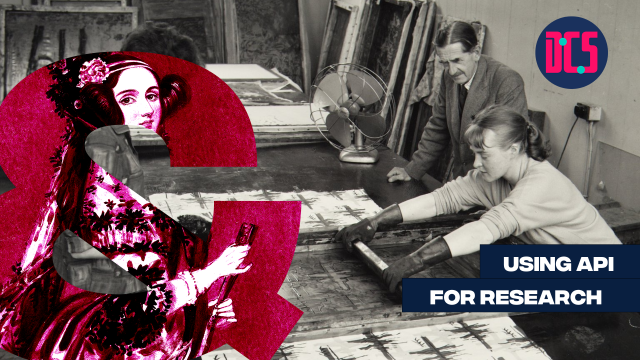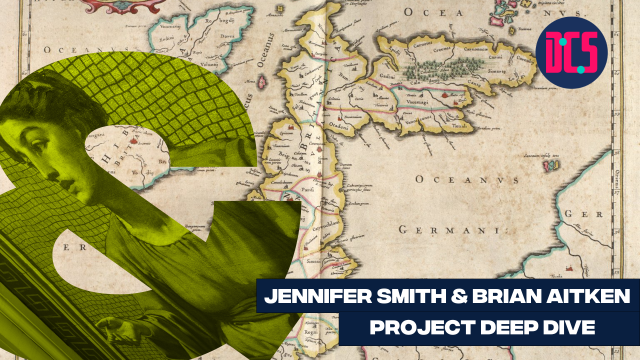Data Visualisation with R and RStudio
This one-day workshop will give you an introductory overview to the basic techniques for producing informative and reproducible visualisation of tabular data with R and RStudio.
Participants will learn how to enter and modify data in R, and how to create visualisations, including the main graph typologies available depending on the type of variables (charts, scatter plots, and histograms, etc.). Participants will also get an overview on how to customise your graph (from adding legends to controlling the colours palettes).
No previous knowledge of programming is needed, but you will need to have R and RStudio installed on your machine. If you cannot install them, you can use the Noteable University tool.
Due to high demand for our training events, our cancellation and no-show policy applies to bookings for this event. Click here for details of this policy.












